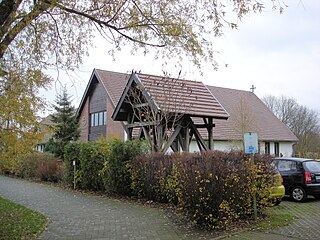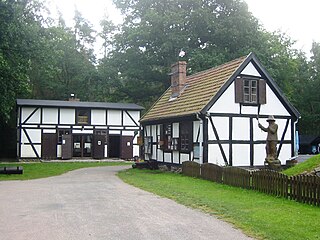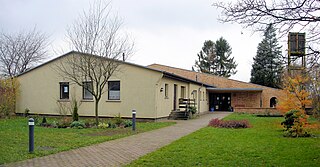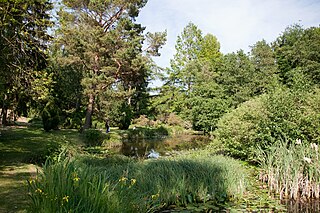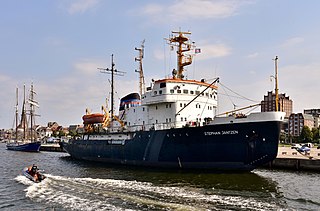27 Sights in Rostock, Germany (with Map and Images)
Legend
Welcome to your journey through the most beautiful sights in Rostock, Germany! Whether you want to discover the city's historical treasures or experience its modern highlights, you'll find everything your heart desires here. Be inspired by our selection and plan your unforgettable adventure in Rostock. Dive into the diversity of this fascinating city and discover everything it has to offer.
Sightseeing Tours in RostockActivities in RostockSt. Peter's Church, in German Petrikirche, was built in the 13th century and is the oldest of three town churches found in the Hanseatic city of Rostock, in northern Germany. The other two are St. Mary's Church (Marienkirche) and St. Nicholas (Nikolaikirche). A fourth, St. Jakobi, was heavily damaged during the Second World War and subsequently demolished.
The Kröpeliner Tor was built in the Gothic style around 1270 as the westernmost of the four large gates of Rostock's city fortifications. Even then, it was very large with its two floors and remained one of the most massive of the up to 22 city gates at times. Whether it was named after the small town of Kröpelin, in the direction of which it leads, or after a patrician family of the same name, is still disputed today. It represents the western end of Kröpeliner Straße.
3. Wallanlagen
Rostock's city fortifications enclosed the city of Rostock since the middle of the 13th century. After the original city centres of Rostock's three constituent cities had officially united into one city in 1265, the joint, approximately three-kilometre-long city wall was built, which had more than 20 city gates. These were divided into "land" and "beach gates", depending on whether they led to the Mecklenburg hinterland or to the city harbour on the Unterwarnow.
4. St.-Marien-Kirche
St. Mary's Church, Rostock, in German Marienkirche, is the biggest of three town churches found in the Hanseatic city of Rostock, in northern Germany. The other two are St. Peter's (Petrikirche) and St. Nicholas (Nikolaikirche). A fourth, St. James' (Jakobikirche), was heavily damaged during the Second World War and subsequently demolished. St. Mary's was designated in 1265 as the main parish church. Since the Protestant Reformation in 1531, it houses a congregation of the Evangelical Lutheran State Church of Mecklenburg.
5. Zoologischer Garten Rostock
Rostock Zoo is a zoo in the city of Rostock, founded in 1899. It covers 56 hectares and with 4,500 animals from 320 species, Rostock Zoo is the largest zoo on the German east coast. Rostock Zoo is studbook keeper of Polar bears within the European Endangered Species Programme. The director of Rostock Zoo is Udo Nagel.
6. Alte Christuskirche
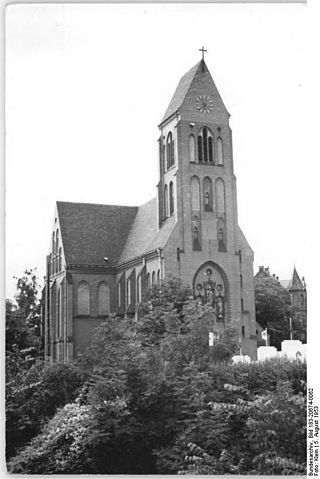
The Christuskirche was a Catholic church on Schröderplatz in the city center of Rostock. It was consecrated in 1909 and blown up on 12 August 1971 for official urban planning reasons. However, the extensive urban redevelopment plans had been stopped internally by the Rostock City Council on 12 November 1970, as their financing could not be secured.
7. Steintor
The Stone Gate in its present form is a gate built between 1574 and 1577 in the Renaissance style in the south of Rostock's historic city fortifications. It replaced the older gate that had been demolished in 1566. Along with the Kröpeliner Tor, the Petritor and the Mühlentor, the Steintor was one of the four main gates of the city of Rostock.
8. Evangelisch-Lutherische Kirche zu Warnemünde
Warnemünde Church is a neogothic building in Warnemünde, which is a part of the hanseatic city of Rostock. Construction of the current brick building began in 1866 and the church was consecrated in 1871. The church of Warnemünde stands for over one hundred years in the middle of the town and is the center of the Evangelical Lutheran congregation. For the community along with many guests it is a place of rest and prayer. But it has also even given protection from flooding. The maritime atmosphere is shown by the special votive ships inside.
9. Leuchtturm Warnemünde
Warnemünde Lighthouse is a lighthouse situated on the Unterwarnow, the estuary of the Warnow river, in Warnemünde, a district in the city of Rostock. The lighthouse has a height of 36.9 metres (121 ft) and was put into service in 1898.
10. Hausbaumhaus
Wokrenterstraße is a historic street in the city of Rostock, now known as the Northern Old Town. It connects the streets An der Oberkante in the south and Am Strande in the north and marks the interface between the industrial development and the building fabric, which has been renovated using historic gable elements. This makes Wokrenterstraße unique in Rostock.
11. Wasserturm Rostock
The municipal water tower of Rostock is a listed engineering structure with an elevated tank, which served both to supply drinking water to the inhabitants and to generate a constant water pressure in the city's water supply network. It is located on Blücherstraße, not far from Rostock's main train station. The water tower, built in 1903, is now one of Rostock's most important historical buildings. From 1959 onwards, the building was no longer needed and decommissioned, but it was not until the 1990s that it was renovated and rebuilt in the interior.
12. Heiligen-Geist-Kirche
The Holy Spirit Church is a neo-Gothic church building in Rostock, Germany. It was built between 1905 and 1908 on the corner of Margaretenstraße and Borwinstraße in the Kröpeliner-Tor-Vorstadt and is used by the Evangelical Lutheran Holy Spirit Parish, which belongs to the Rostock Provost's Office in the Mecklenburg church district of the Evangelical Lutheran Church in Northern Germany.
13. Max-Samuel-Haus
The Max-Samuel-Haus is a villa in Rostock, Germany, which has housed the Foundation for Jewish History and Culture in Rostock since 1991. Cultural events such as readings, exhibitions and concerts take place in the building, and an extensive library offers non-fiction literature on Jewish history and culture to those interested.
14. Gedenkstätte revolutionärer Matrosen
The Memorial to Revolutionary Sailors at Rostock's city harbour commemorates the revolutionary sailors at the end of the First World War. It was created by the artists Wolfgang Eckardt and Reinhard Dietrich and officially inaugurated on September 16, 1977.
15. Kuhtor
The Kuhtor is not only the oldest of the four of the former 22 gates of Rostock's historic city fortifications, but also one of the oldest buildings in Rostock and probably the oldest surviving city gate in northern Germany.
16. Kirche Toitenwinkel
The Gothic village church of Toitenwinkel is a listed church building in Toitenwinkel, a district of Rostock in Mecklenburg-Vorpommern. The Evangelical Lutheran parish of Toitenwinkel belongs to the Provost of Rostock in the Evangelical Lutheran Church in Northern Germany.
17. Blücherdenkmal
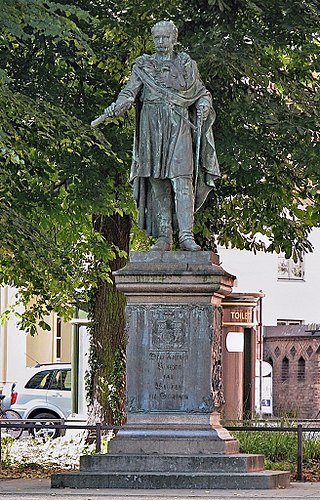
The Blücher monument in Rostock commemorates Gebhard Leberecht von Blücher, the Rostock-born commander of the anti-Napoleonic wars of liberation. The bronze figure stands on a pedestal, the four sides of which are decorated with bronze reliefs. The monument in honour of Rostock's first honorary citizen was unveiled on 26 August 1819 on the Hopfenmarkt.
18. St.-Johanniskirche
St. John's Church or St. John's Church in Rostock is the church of the parish of St. Johannis in the Provost's Office of Rostock in the church district of Mecklenburg of the Evangelical Lutheran Church in northern Germany. It is one of the Bartning emergency churches from the time of reconstruction after the Second World War and is a listed building.
19. Klosterkirche zum Heiligen Kreuz (Universitätskirche)
The Abbey of the Holy Cross in Rostock, Germany, was founded in the 13th century by Cistercian nuns. It is the only fully preserved abbey in the city. The complex includes the former abbey church which is used today as the University Church (Universitätskirche). The remaining former convent buildings house the Museum of Cultural History for the city of Rostock.
20. Oberforstmeister Charles Bencard
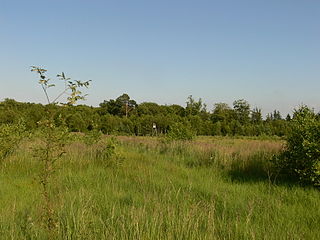
Rostock Heath is a wood and heathland region northeast of the German city of Rostock. It has a total area of about 6000 hectares and, since 1252, has been owned by the Hanseatic city of Rostock. As a result of its ownership of the Rostock Heath, Rostock is today one of the five largest communal woodland owners in Germany.
21. Gemeindezentrum Brücke
The Brücke community centre in the Rostock district of Groß Klein is the church of the Ufergemeinde in the Rostock provost's office in the Mecklenburg church district of the Evangelical Lutheran Church in Northern Germany. The church building is a modern functional building for church services, parish work and the pastor's apartment.
22. Forst- und Köhlerhof Wiethagen
The Forst- und Köhlerhof Wiethagen is an open-air museum in Rostock-Wiethagen, where the history of the production of charcoal, wood tar and turpentine with the help of charcoal burners is shown. The charcoal burner's house and the two remaining tar kilns were declared a technical monument in 1984. The smaller, still functional stove is the last example of its kind in Europe.
23. Luther-St.-Andreas-Gemeinde Reutershagen
St. Andrew's Church was located in the Rostock district of Reutershagen and was a church of the parish of Luther–St. Andreas in the Provost's Office of Rostock in the church district of Mecklenburg of the Evangelical Lutheran Church in Northern Germany. It was built as a modern functional building in 1975 on the site of a makeshift predecessor building from the post-war period. After the merger of two congregations, the Martin Luther House also belongs to the congregation.
24. Botanischer Garten der Universität Rostock
The Botanischer Garten Universität Rostock, also known as the Botanischer Garten Rostock, is a botanical garden and arboretum maintained by the University of Rostock. It is adjacent to the university sports fields along Hans-Sachs Allee, Rostock, Mecklenburg-Vorpommern, Germany, and open daily except Monday in the warmer months.
Wikipedia: Botanischer Garten Universität Rostock (EN), Website
25. Schwimmkran Langer Heinrich
Langer Heinrich is the name of a floating crane that was used in the ports of Danzig and Rostock from 1905 to 1978. Since 1980, it has been one of the exhibits of the Rostock Shipbuilding and Maritime Museum.
26. Eisbrecher Stephan Jantzen
Stephan Jantzen is a former German icebreaker built by Admiralty Shipyard in Leningrad, Soviet Union, in 1967. After decommissioning in 2005, the ship went through a number of owners before ending up as a museum ship in its former homeport, Rostock.
27. IGA-Park
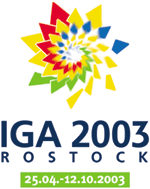
The International Horticultural Exhibition, IGA for short, took place in Rostock in 2003. Unused wasteland close to the water and the rest of the former village of Schmarl an der Warnow were chosen as the location, which offered the planners the opportunity to create a horticultural exhibition related to water. Other common names for the horticultural exhibition are garden exhibition and garden show.
Share
How likely are you to recommend us?
Disclaimer Please be aware of your surroundings and do not enter private property. We are not liable for any damages that occur during the tours.
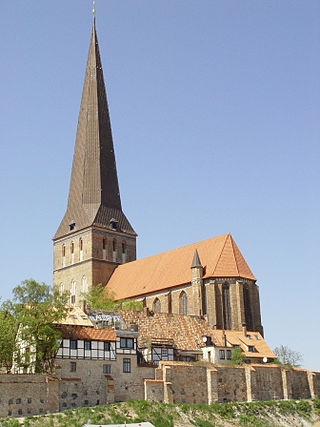
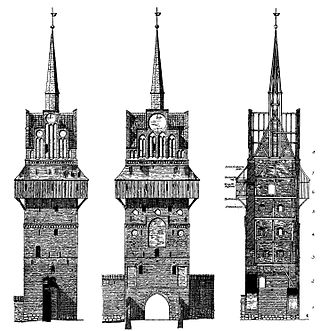

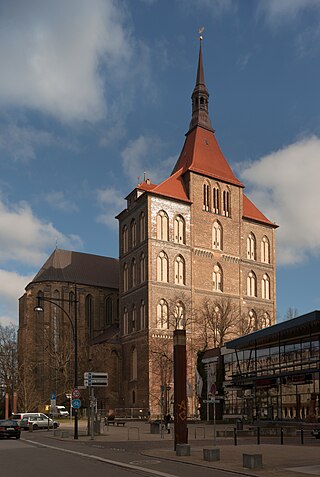
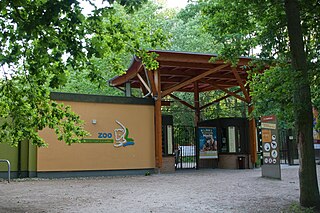
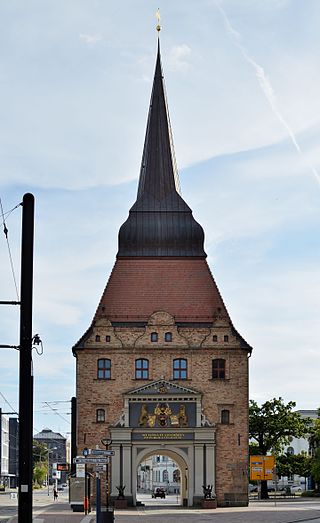
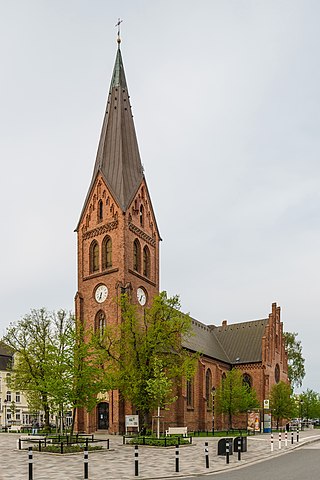
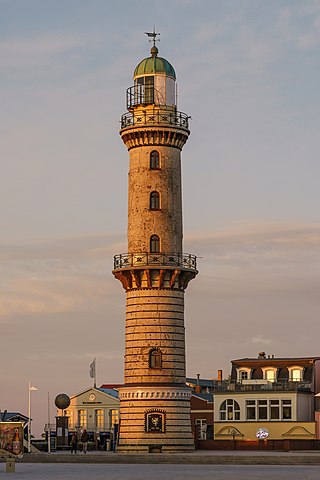
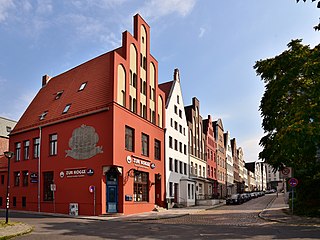
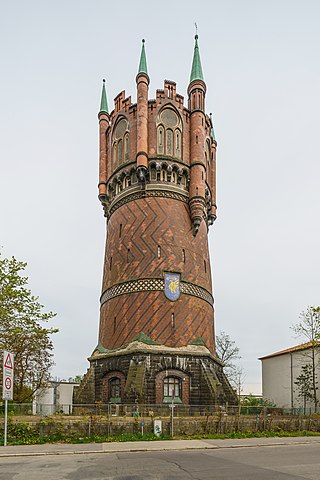


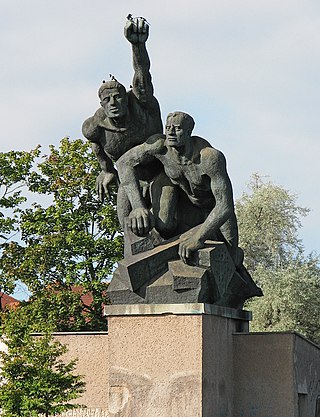

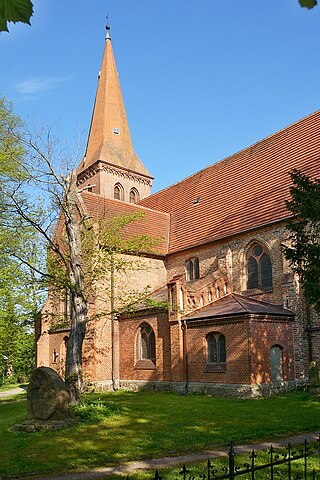
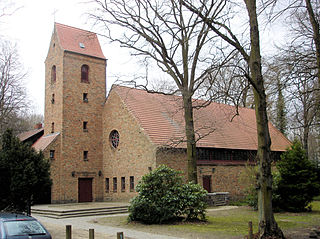
.jpg)
